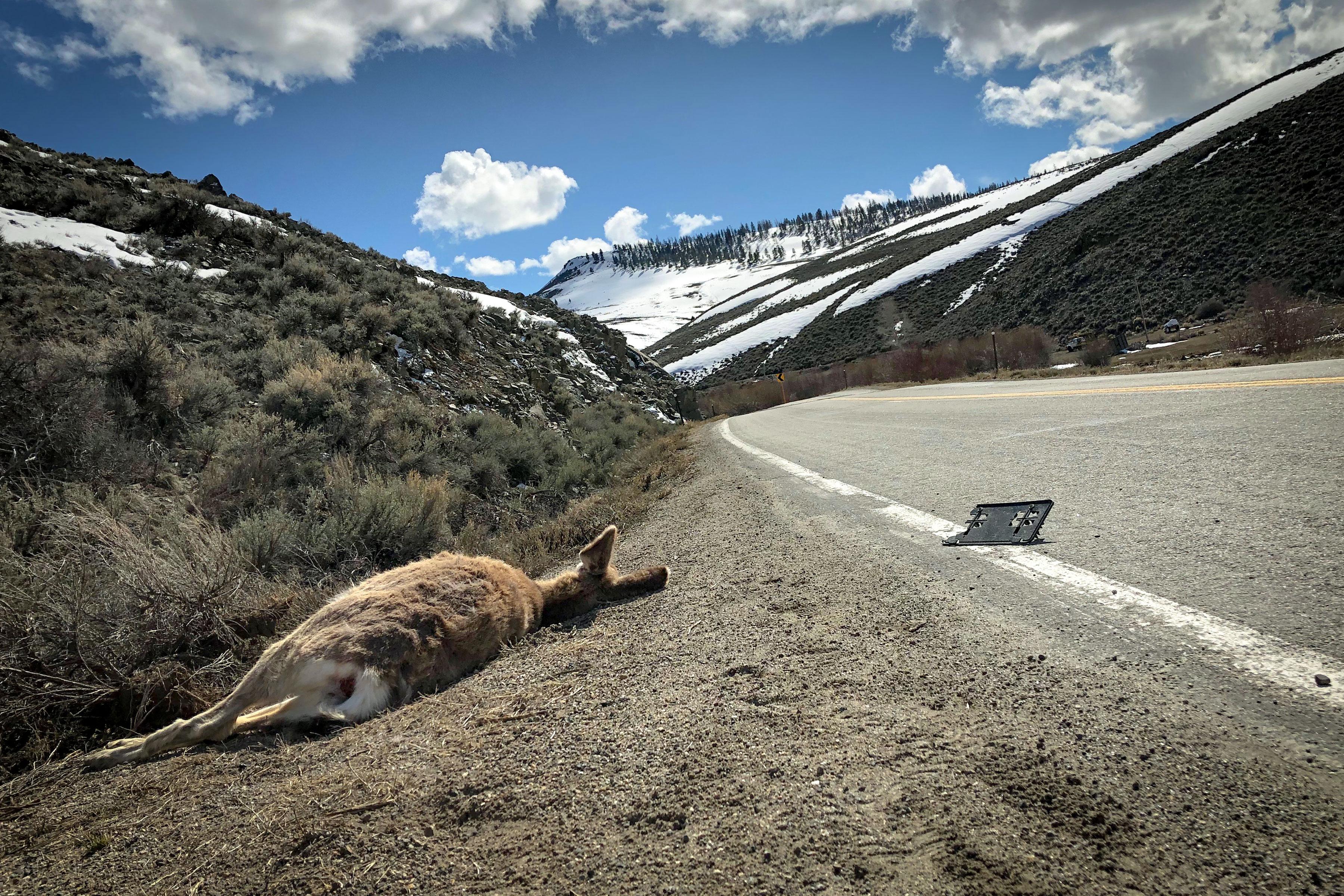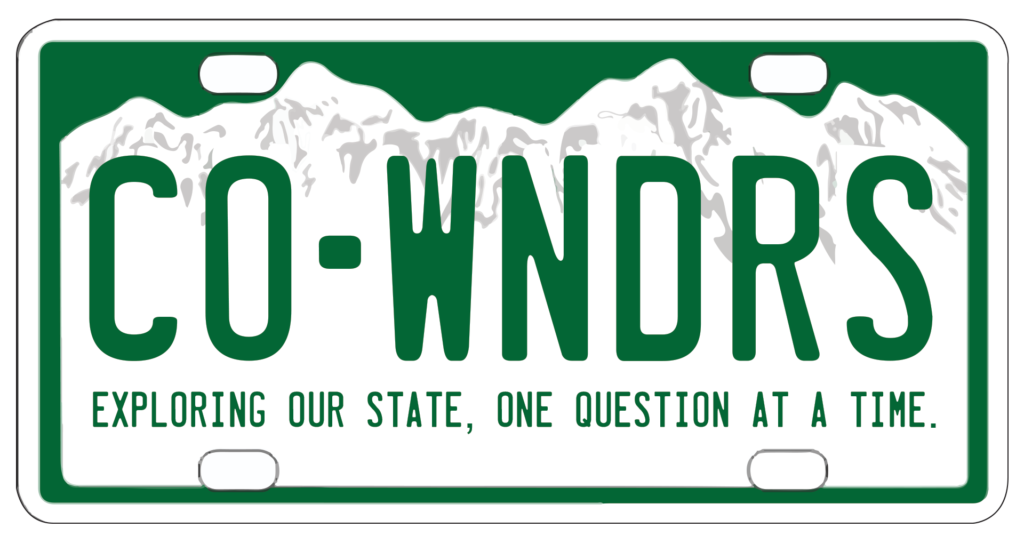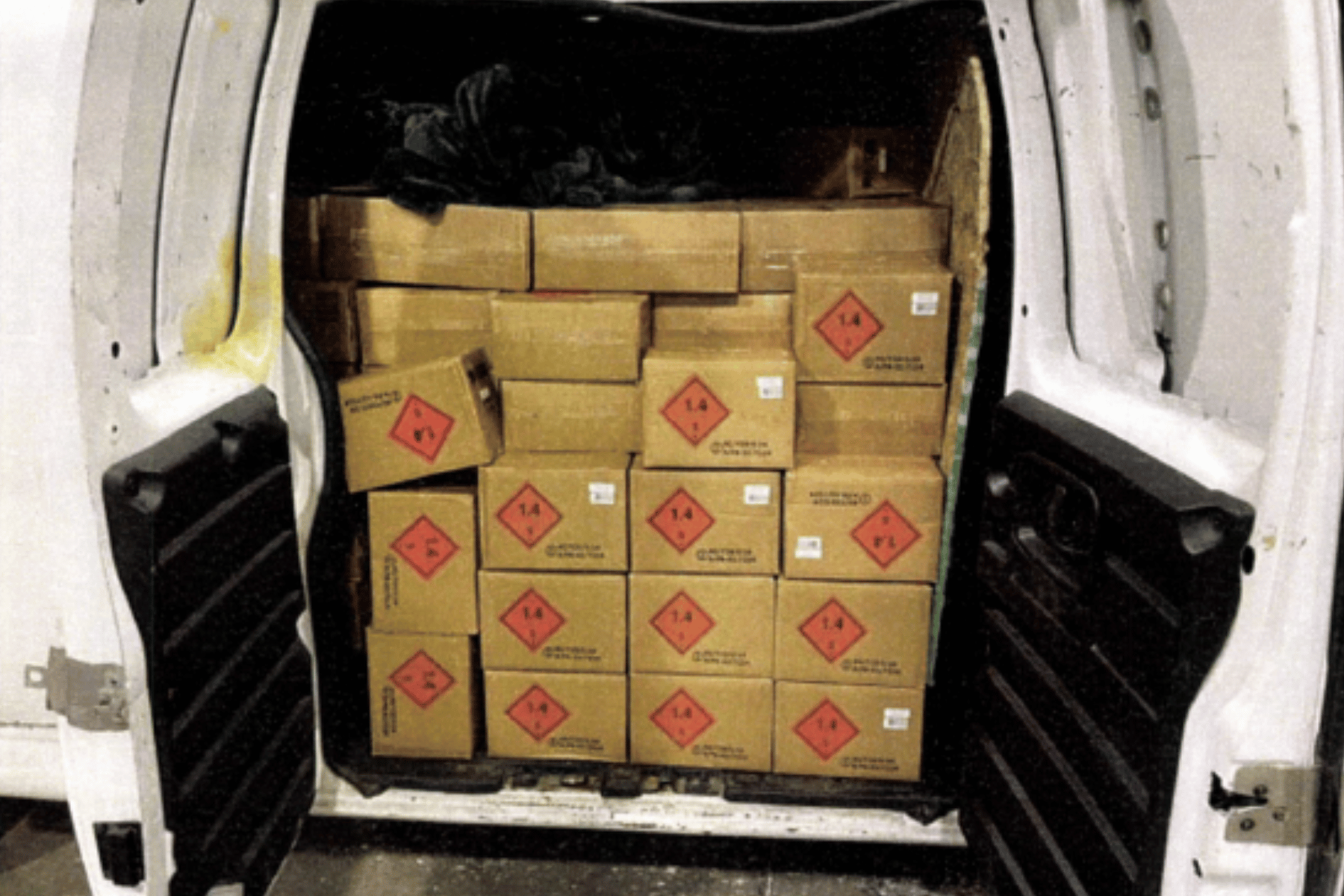
Spring has sprung and, just like the rest of us, wildlife across Colorado is taking advantage of the weather.
But increased animal activity and increased people activity inevitably leads to a problem.
Animal-vehicle collisions are the fourth most common crash in Colorado. Most happen in the spring or during fall migration. There were at least 4,000 animal-involved collisions in 2018, according to the Colorado Department of Transportation.
Tammy Johnson of Montrose, who drives all over the Western Slope for work, said she’s noticed more animal carcasses on the shoulder of the road as she drives to Ridgeway on Colorado 550.

“When people hit a deer or an elk, usually they move it off of the side of the road just to the shoulder,” she said. “Typically, before, there would be a deer and then the next day would it would be gone. But now I feel like they're always there.”
Johnson sometimes keeps a tally as she drives. On one drive into work, she counted 20, which led her to question whether there’s been an uptick in roadkill or “if there was a policy change or what happened?” She asked Colorado Wonders to find out.
It’s not a policy change but there are a couple of things going on. There’s no official crew charged with the removal of carcasses and the combination of traffic, a snowy winter and more deer has made dead animals more visible to drivers.
CDOT’s Wildlife Program Manager Jeff Peterson said there are “230 maintenance crews throughout the state, and it's part of their job to pick up any roadkill that they find next to the road, particularly if it's causing a hazard for traffic.”
CDOT tries to prevent animal-vehicle collisions because it isn’t good for animals or drivers. Statewide, they’ve installed 410 miles of wildlife fencing to guide animals to safer crossing areas.
“Some of the most noticeable are the underpasses and overpasses,” he said. “We now have more than 50 designated wildlife crossings throughout the state with more on the way.”
There are also man-made “escape ramps,” which lead animals away from the highway. Essentially, a trapped animal can jump off the ramp, out of the right-of-way, but they won’t be able to jump back up on the road because the ramp is too tall.
Peterson said these efforts have reduced animal-vehicle collisions between 80 and 90 percent.
There’s one thing that didn’t work: reduced speed limits.
“When we went and studied the amount of animals that are getting hit and the speed limits that people were driving, we were finding out that it wasn't really that effective,” he said.
Colorado highways 13, 160, 550, 285, 50 and Interstate 70 are all hot spots for animal-vehicle collisions. CDOT crews have reported an estimated 1,200 animals killed in 2019 so far. In a handful of cases, people are killed.
Kevin Blecha, a terrestrial biologist for Colorado Parks and Wildlife, said there’s definitely been more road kills this year compared to others, especially on Colorado 50 near Gunnison. The No. 1 reason is that the highway is busier than ever.
“The second reason is we've had a snowy winter and so the deep snows have pushed the deer down and to the last remaining food sources in the lower elevations that the highway happens to run through.”
Blecha said there’s also been a boom in the number of deer fawns compared to a normal year, and they’re less experienced with traffic.

Colorado had a snowy winter in 2017, and CPW tried to move deer away from highways, Blecha said. It caused unnecessary stress on the animals so they decided not to do it again this year. Instead, they put temporary signs warning drivers of the deer.
Drivers would slow down after they saw the signs and the carcasses along the road, Blecha said.
It’s not always road crews from CDOT that grab an animal carcass.
Some people, like Matt Kenna of Durango, actually like roadkill — for dinner. A single roadside animal can provide a year’s worth of meat. Before you get worried, it’s not the poor deer left to decompose and stink up the road.
“It's only very fresh roadkill,” he said.
Kenna started doing this because he didn’t grow up hunting so when he moved to Colorado and started, he needed to learn how to field dress his kill. So he thought, “What better way than to learn on roadkill?” Then the realization struck him: “Wow, this is a really good source of meat when I don't get one hunting.”
If he had a bad hunt, and he spots “a fresh roadkill elk or someone tells me about one,” he’ll grab it. To be sure though, there are rules to follow. Roadkill scavengers must get a permit in person from any CPW office to legally acquire the animal carcass. Some state patrol officers and county sheriff offices may also issue permits depending on where in the state you are. From there, the culinary options open up, from stews to casseroles and even jerky.
Jerky Recipe
- 2 pounds elk or other lean meat
- ¾ cup water
- ¼ cup Worcester sauce
- 2 Tbs Liquid Smoke
- 1 Tbs powdered meat tenderizer
- 2 tsp onion powder
- 2 tsp garlic powder
- ½ tsp black pepper
- ¼ tsp cayenne (for low-medium heat)
Slice meat to about 1/8 inch -- it’s really better to use a meat slicer, because it’s tough to get them uniform manually -- but if you do with a knife, after the meat is defrosted put it back in the freezer for a couple of hours so the outside freezes a bit making it easier to slice. Mix the rest of the ingredients together and marinate the meat overnight. You can substitute salt for the meat tenderizer, which is mostly salt anyway but more tender is always better. Dehydrate in a dehydrator at 145 degrees F. Check it after a few hours and pull out pieces as they are done -- they should not still be gooey but shouldn’t be crispy either. You’ll never buy the store-bought stuff again! And much cheaper.
Are you curious about something in the Centennial State? Ask us a question via Colorado Wonders and we’ll try to find the answer.









